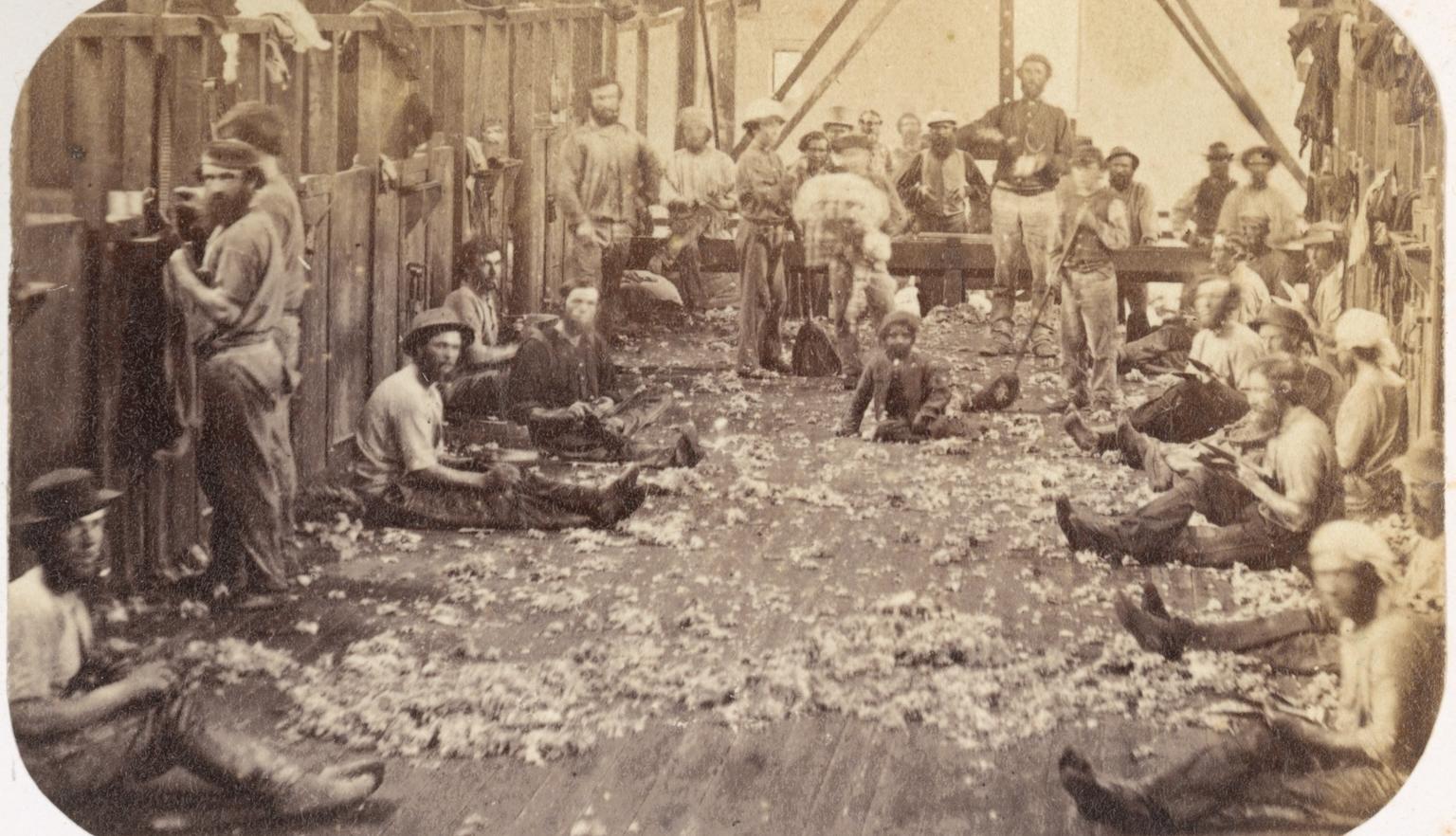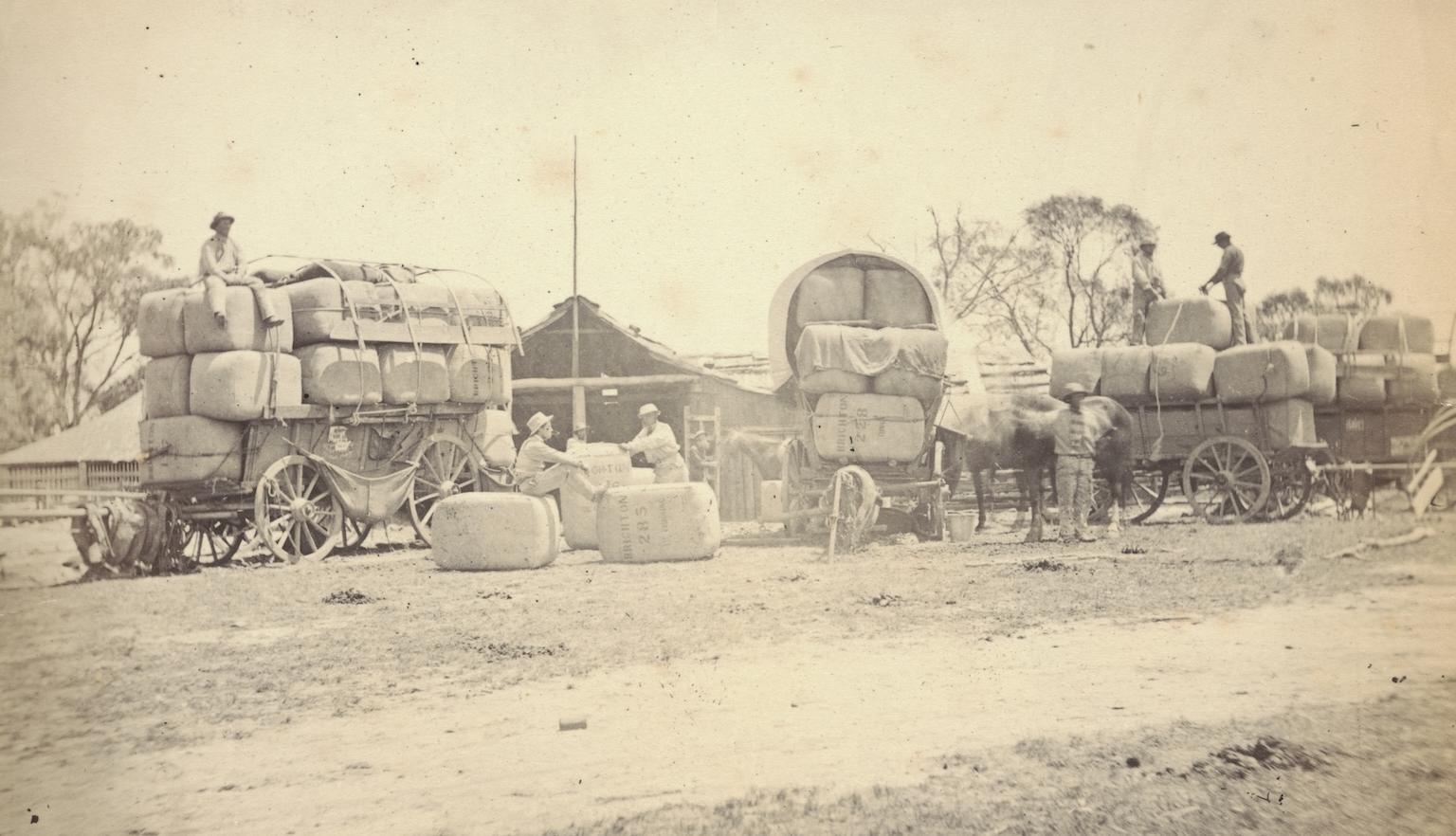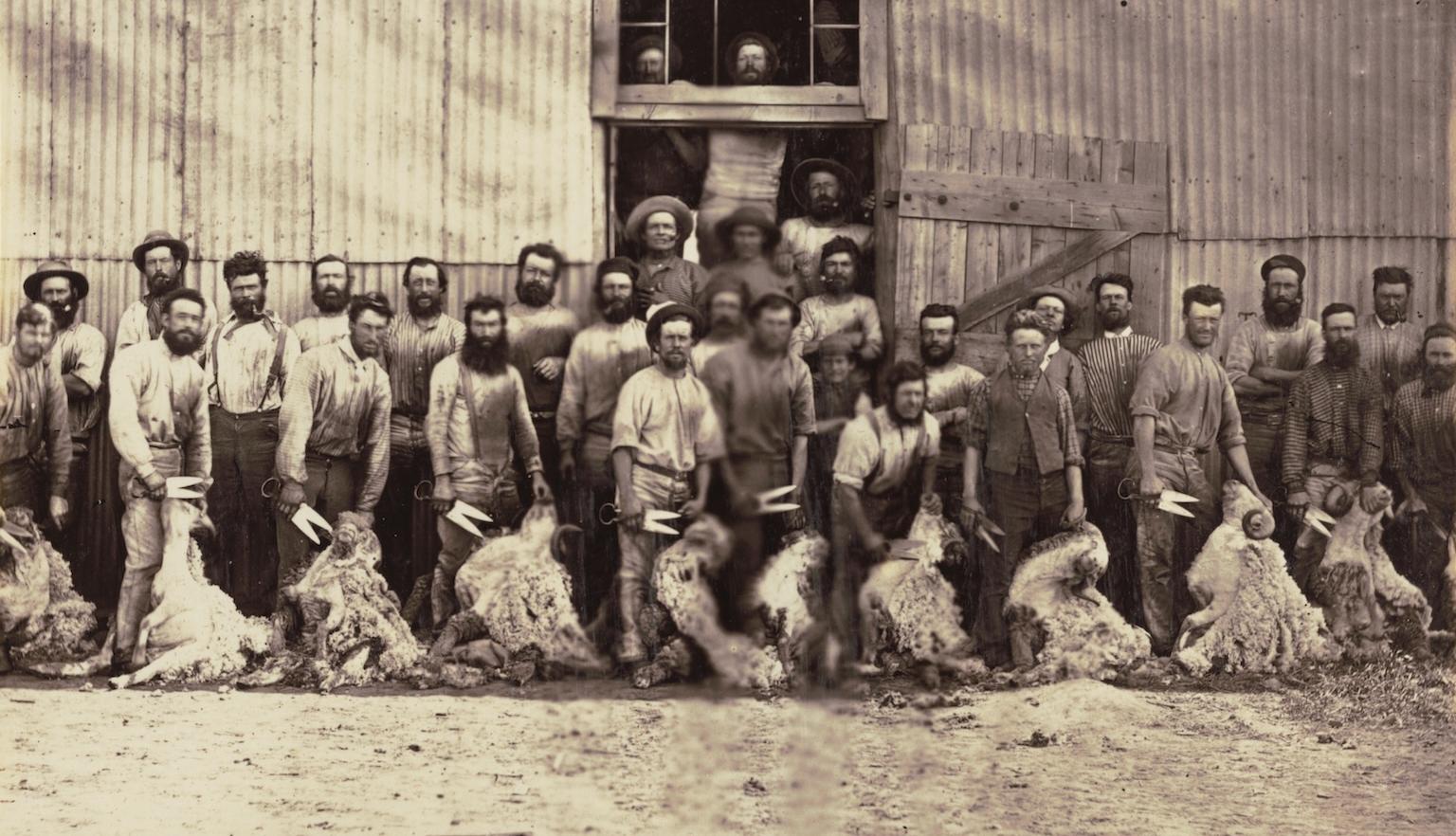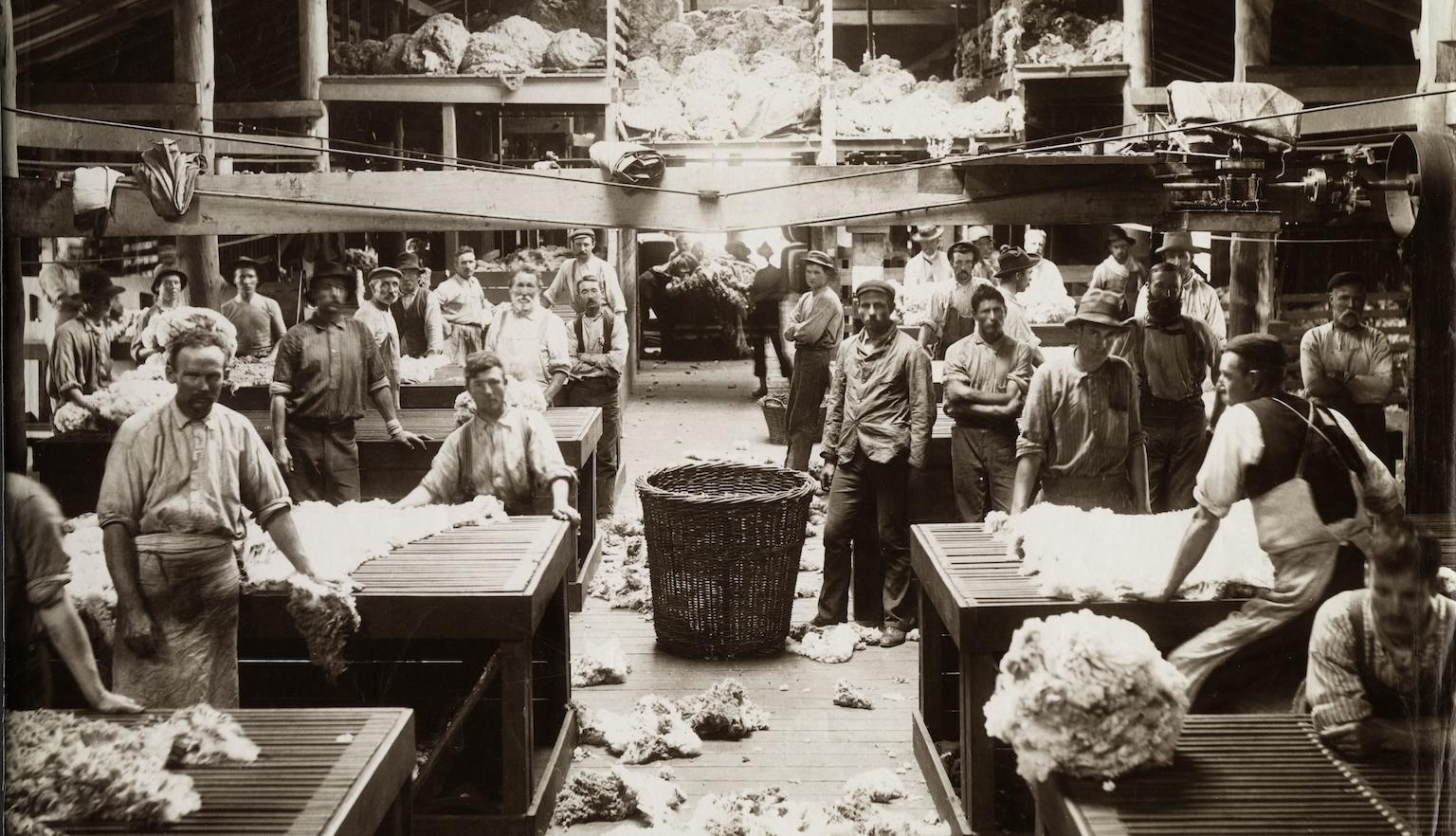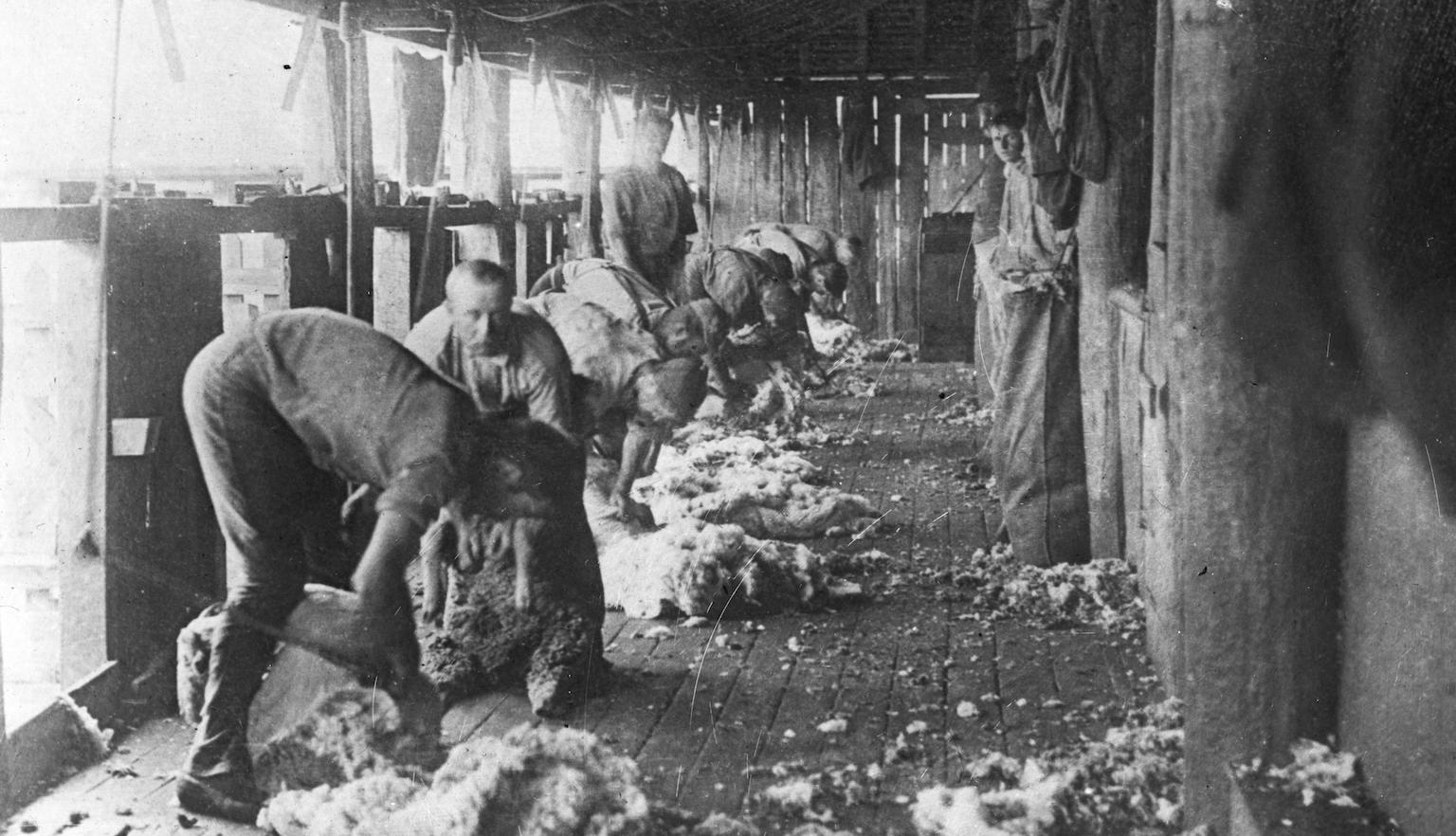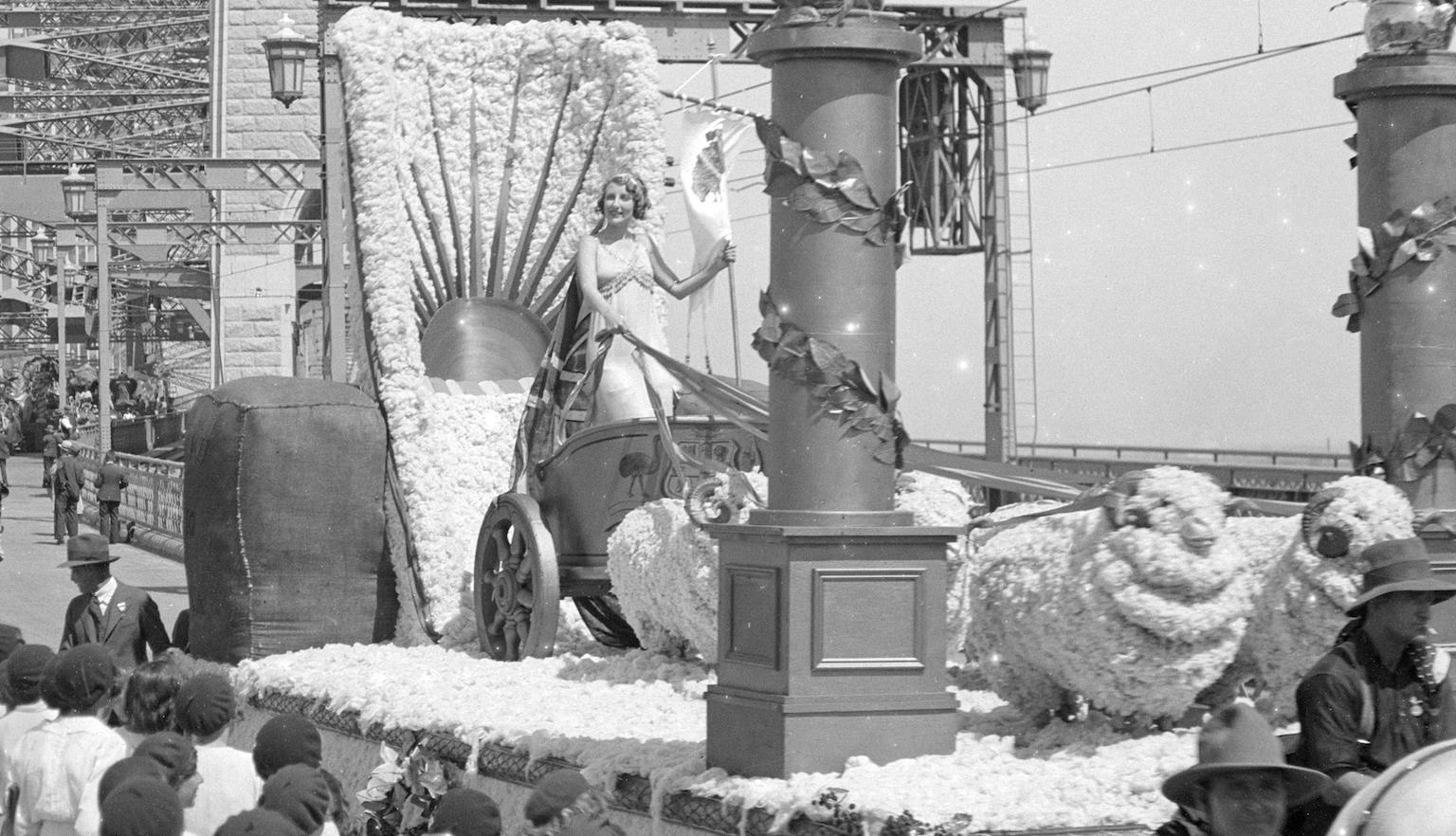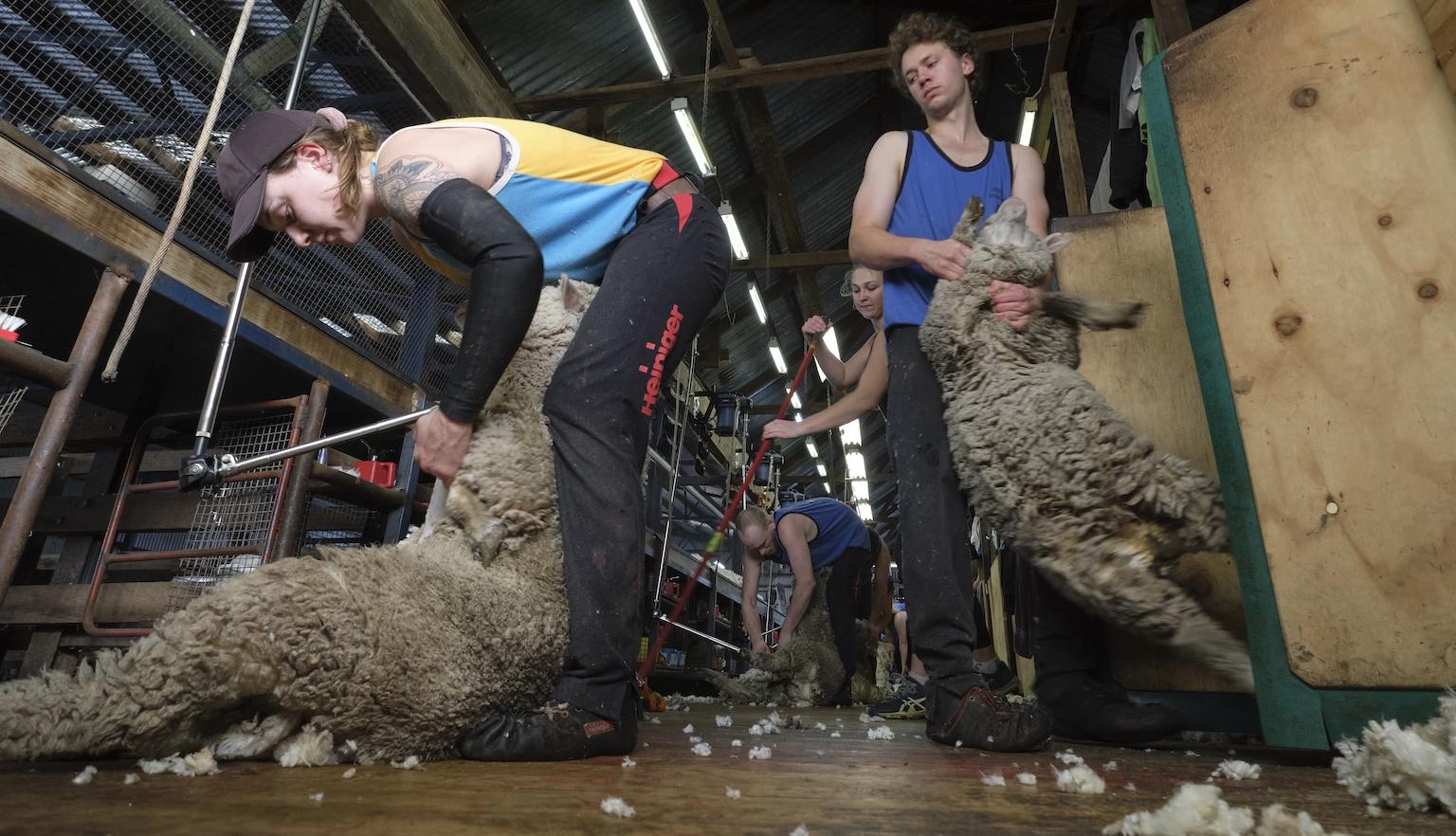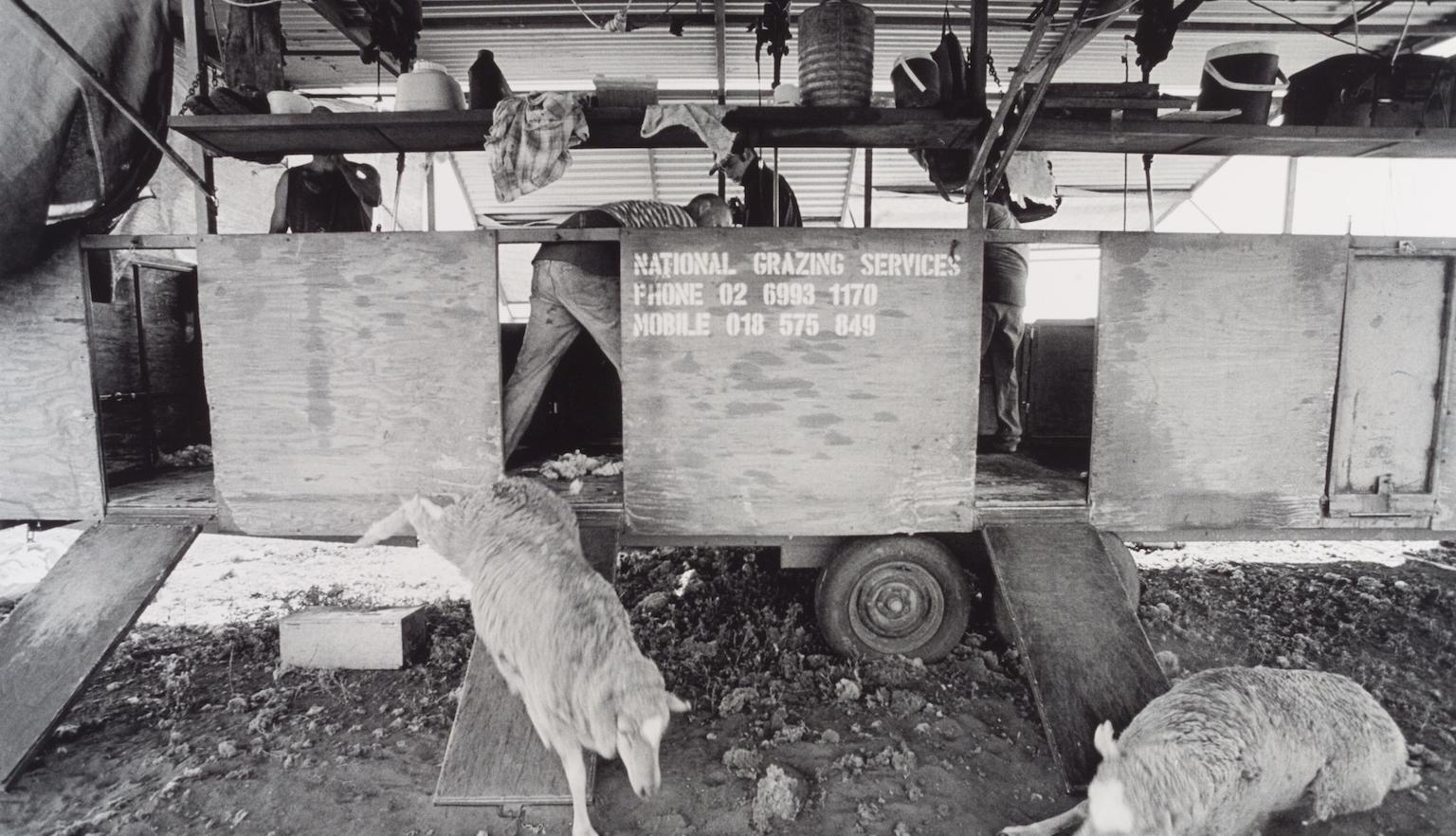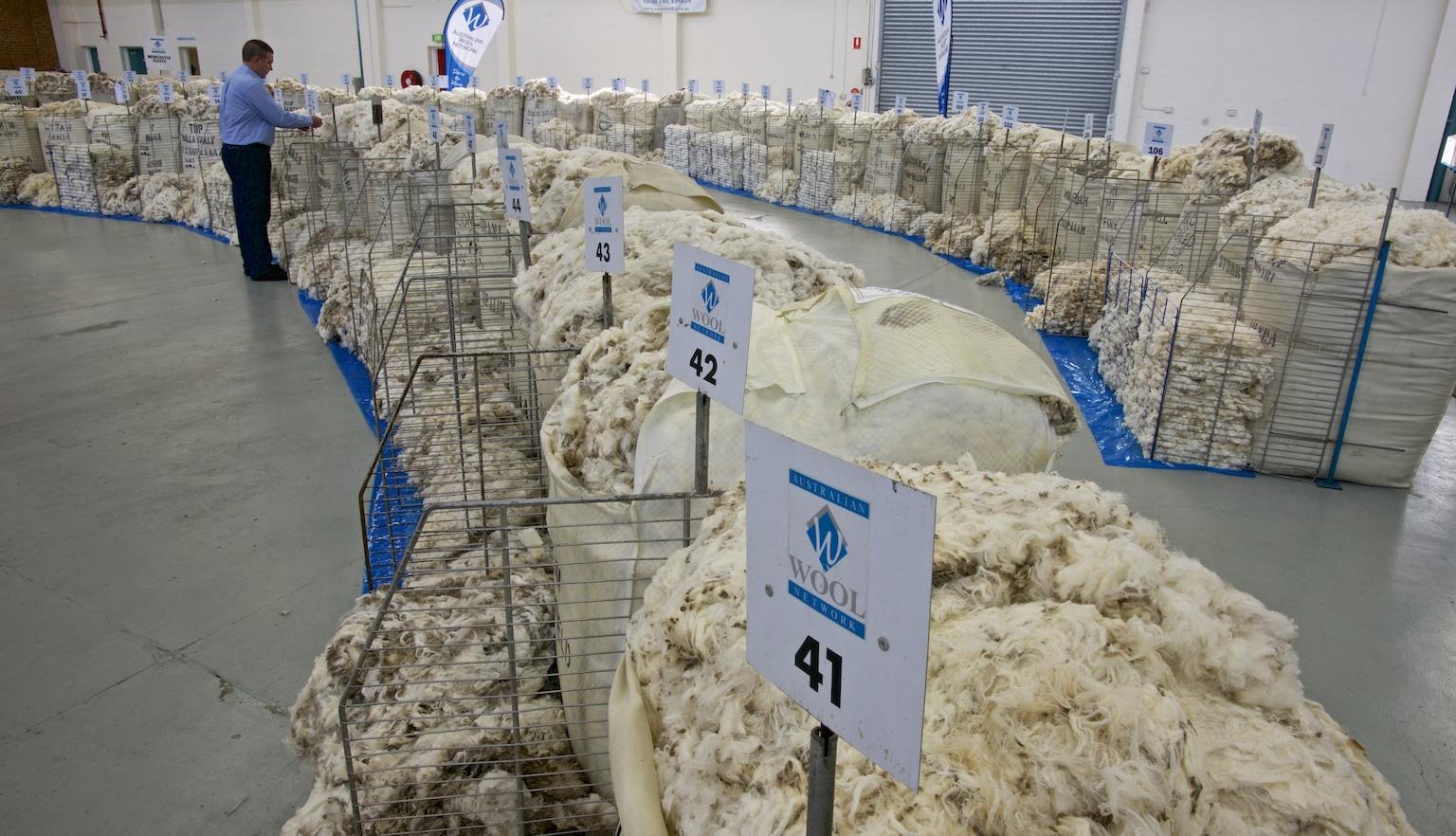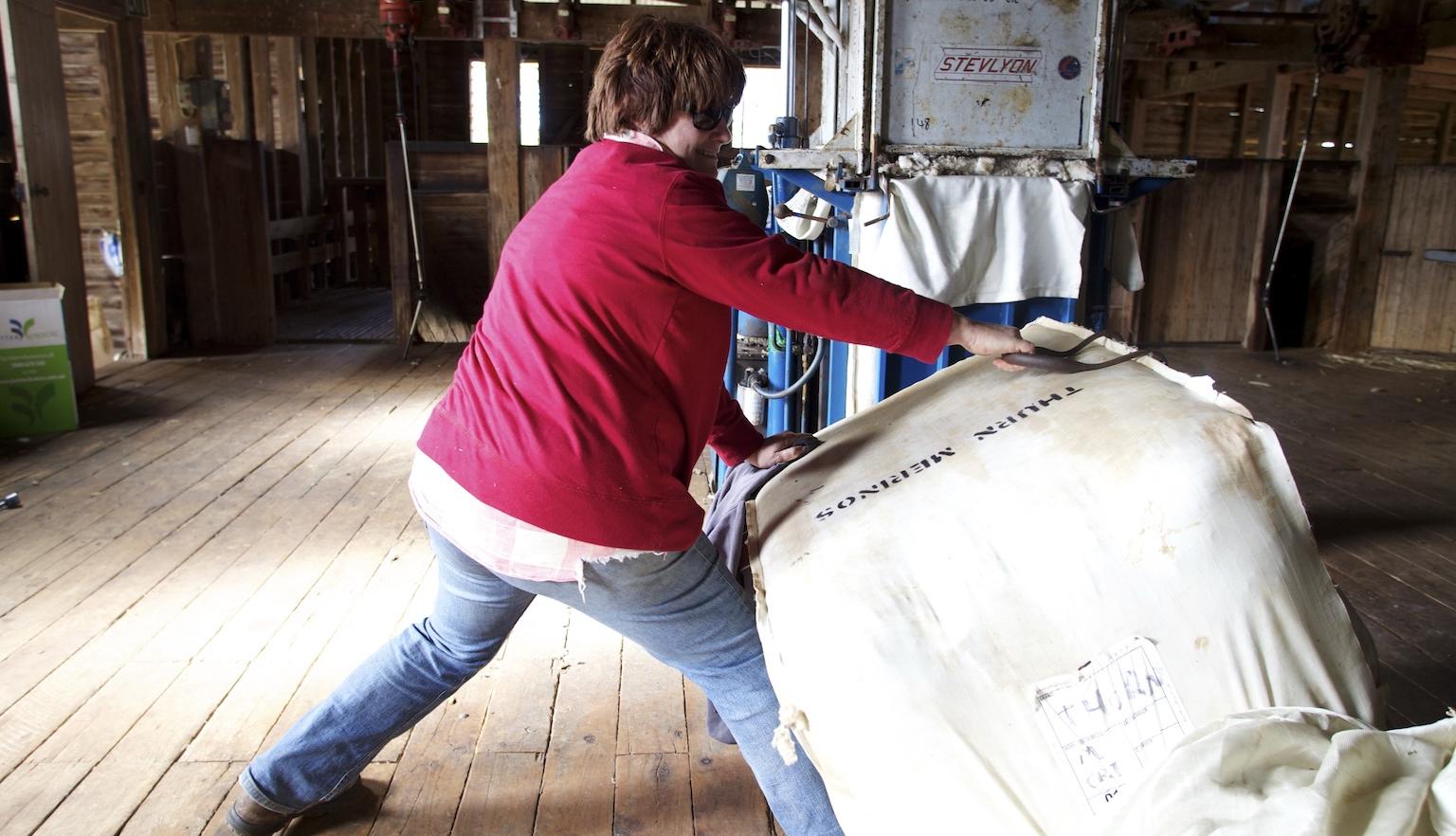The land of the golden fleece: The wool industry in Australia
The Library recently acquired this visually striking French poster documenting the Australian wool industry in the mid-1930s. Ventes Totales D'Australasie was produced by French wool buyer Henri Wattinne who operated out of 29 O’Connell street in Sydney in the early 20st century.
Among the poster’s many features is the breakdown of where wool is produced across Australia and New Zealand. It also illustrates the types of sheep available, the export market, and the statistics for wool production throughout the world. Australia is identified as the largest producer of wool, accounting for 34% of the global production.
Ultimately, the poster helps us to understand the extent and importance of the Australian wool industry at that time, complementing our collection and adding insight into how the industry has changed over time.
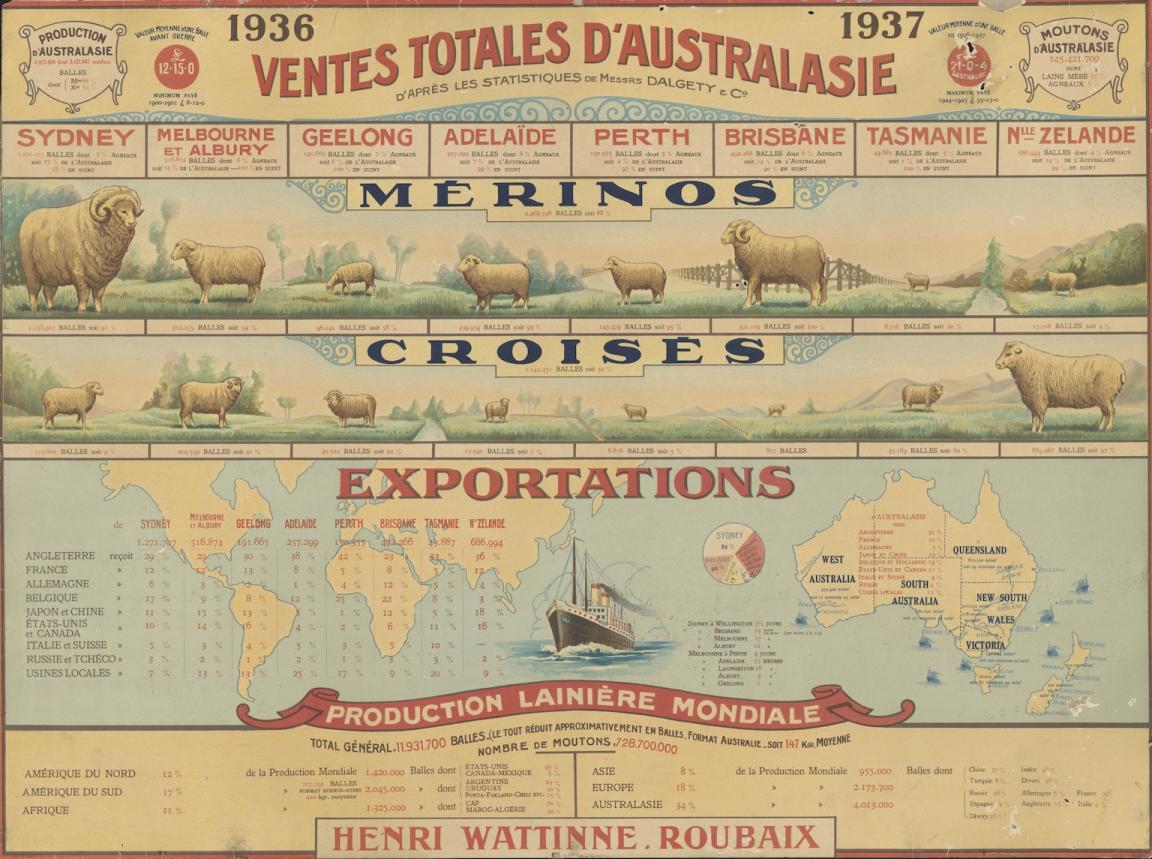
Henri Wattinne, 1936 ventes totales d'Australasie 1937 : d'apres les statistiques de messrs Dalvety & Co, 1938, nla.gov.au/nla.obj-3609085861
Henri Wattinne, 1936 ventes totales d'Australasie 1937 : d'apres les statistiques de messrs Dalvety & Co, 1938, nla.gov.au/nla.obj-3609085861
The Climate of New South Wales peculiarly adapted to the increase of fine woolled Sheep; and that, from the unlimited extent of luxuriant Pastures with which that country abounds, millions of those valuable animals may be raised in a few Years, with but little other expence than the hire of a few Shepherds
By the time this poster was produced Australia had a long history of wool production. The first sheep to arrive in Australia came aboard the First Fleet. However, these were intended as a source of meat rather than being utilised for their wool. In 1797 the first merino sheep arrived in Port Jackson and quickly acclimatised to the Australian environment, producing vast quantities of wool.
Captain John Macarthur was an early pioneer of wool production in Australia. With the assistance of land grants and convict labour Macarthur established the very successful Elizabeth Farm at Paramatta and in 1807 he sent the first bale of Australian wool to England to be sold.
As the industry grew, wool production was increasingly portrayed as part of the national identity. In 1885 during his tour of Australia, British author and journalist George Augustas Sala recognised the significance of wool production in the economy, titling his series of articles the Land of the Golden Fleece.
It’s a hard work and a tough life if you’re a professional … you can give your life to the back country, and it leads to tragedies
After the success of the 1800s the Australian wool industry experienced a period volatility in the early 1900s. Those who worked in the industry needed to adapt to the gruelling physical work and extended periods of time in isolated areas away from family. The Federation drought of 1895-1903 made conditions even tougher, causing widespread loss to livestock and income across the agricultural industry. The First World War further destabilised the industry causing shifts to the price of wool and established trade agreements. In 1916 in an attempt to stabilise the industry the British government agreed to buy Australia’s entire wool production.
However, the 1930s were a period of renewed strength for the price of wool and increased overseas demand. The historically strong British import market faced growing competition from markets in Japan, France, Germany and Belgium due in part to the increased attraction of wool sales from Australia.
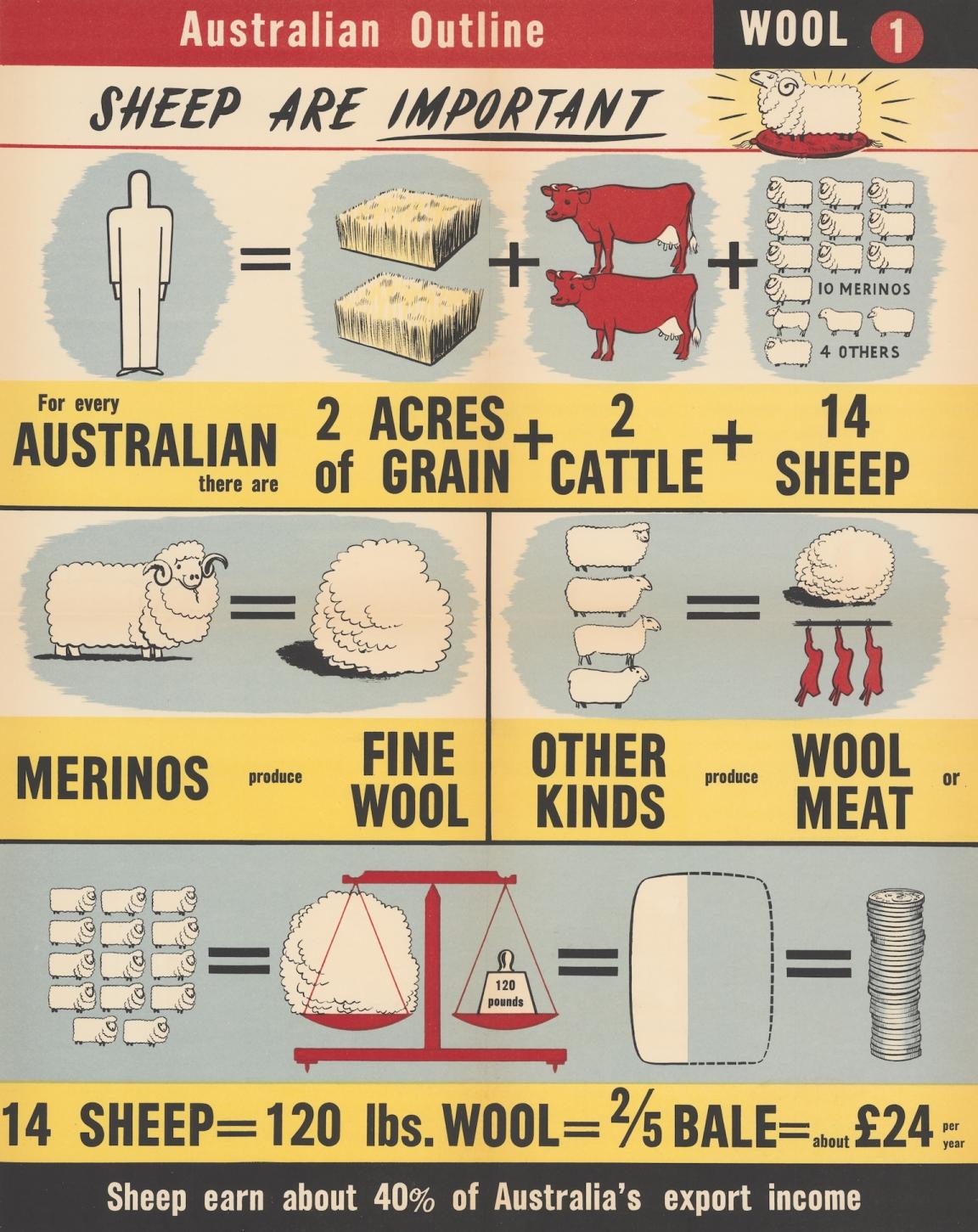
Australia. Office of Education, Australian outline, 1949, nla.gov.au/nla.obj-152347791
Australia. Office of Education, Australian outline, 1949, nla.gov.au/nla.obj-152347791
Thirty years ago, to be a shearer carries some stigmata you get those tough knuckles
Wool remains a major industry in Australia. It has continued to adapt with changes in technology, export markets and increasing costs. The increase in the standard of living and automated processes as well as the ease of travel provides some respite to the gruelling work for new generations of wool industry workers.
